Roofing material of the RPP 300 brand
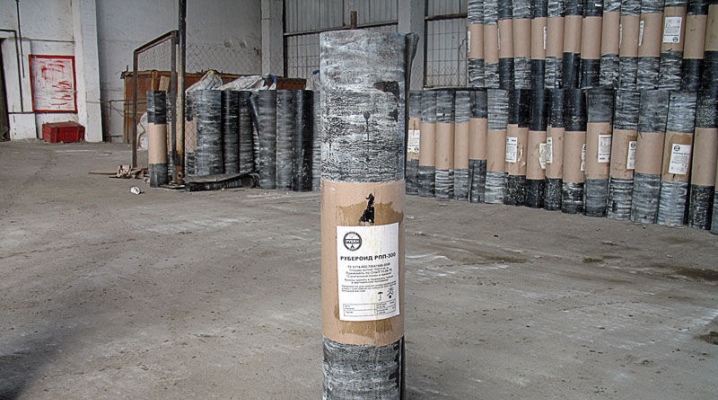
The most popular and frequently used material for roofing, like several decades ago, remains roofing material today. Why does the consumer continue to give preference to roofing material, because there are many other modern and high-quality materials? First of all, because of the cost, because its price "does not bite" when compared, for example, with soft tiles. And also good physical and technical parameters and a large assortment of brands contribute to this.
In this article we will tell you in detail about the roofing material of the RPP 300 brand. We will determine the parameters, properties, scope and technology of laying the material.
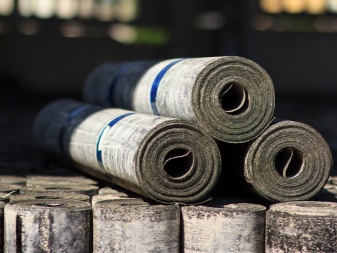

Specifications
First, you need to decipher the abbreviation indicated on each roll. It is from it that you can understand what the roofing material is intended for, so as not to make a mistake when buying:
- "R" - type of material, roofing felt;
- "P" - the purpose of the material, lining;
- "P" - a type of dusting powder, the basis of which is chalk and talcomagnesite.
The numbers after the three capital letters indicate the density of the cardboard base per square meter. The basis of the material is dense cardboard, which is impregnated with bitumen.
This is necessary in order to extend the life of the cardboard, which is not a durable material.
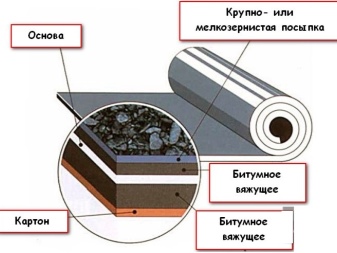
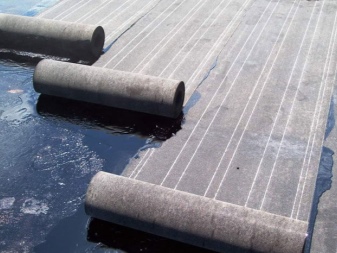
To increase the mechanical strength and resistance to ultraviolet rays, manufacturers use coarse-grained chips, which are sprinkled on the top layer of the material, and sometimes on the bottom. The amount of spreading material affects the thickness of the roll coating. Roofing material RPP 300 lining with dust coating is one of the most commonly used types of roll roofing.
It has many benefits.
- Waterproof.
- Elasticity. The material is fairly easy to work with. It heats up quickly and evenly, due to this, installation is carried out much faster.
- Long service life.
- Strength.
- High level of coated grip.
- Frost resistance. The material does not lose its original properties and quality during temperature changes, does not crack during frost.
- Reliability.
- Affordable price.

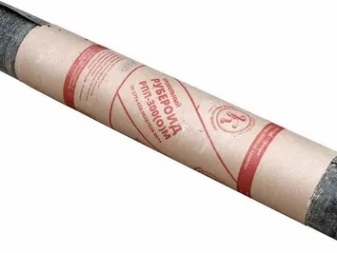
The material is manufactured in accordance with the regulatory document - GOST 10923-93 “Roofing material. Technical conditions ". All technical parameters and dimensions of lightweight lining roll material must meet the following requirements:
- width - 1 m;
- length - 20 m;
- roll weight - 25 kg;
- thickness - from 2.5 to 3 mm;
- useful area of coverage of 1 roll - 20 m²;
- one layer weight - 500 g / m²;
- heat resistance coefficient - 80 ° С;
- coefficient of water resistance - 0.01 kgf / cm²;
- breaking force coefficient in tension - 200 N.
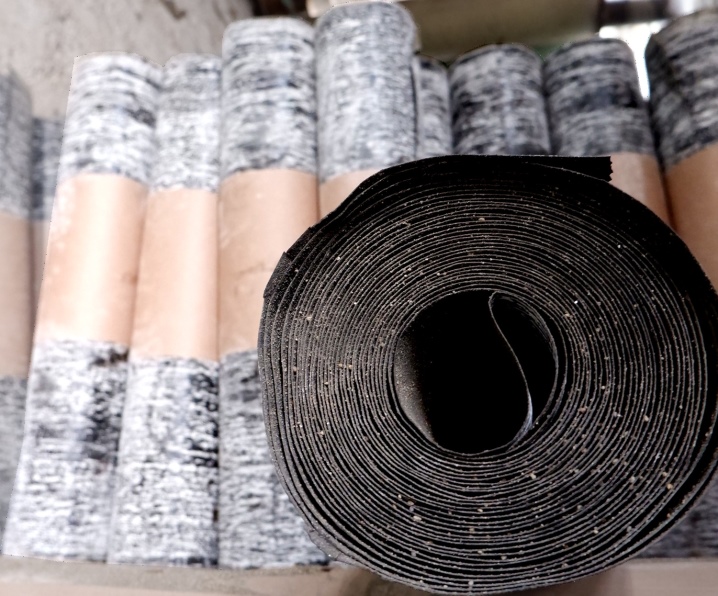
This material is specially designed to improve the adhesion of the soft top layer of the roofing cake to a hard base. It makes the roof more resistant to weathering and increases its service life.
Nuances of choice
Today on the market there is a wide selection and assortment of RPP 300 lining material from different manufacturers. How to choose quality material? There are a number of factors to consider when buying.
- Availability of certificates of conformity to regulatory standards.
- The quality of the staining of the section of the canvas - it should be uniform.
- The hardness and stiffness of the roll. Roofing material of the RPP 300 brand is lightweight and not at all rigid material. It can be easily bent and torn apart.
Try to bend the canvas slightly - if its color does not change and it does not crack, this is a quality material. It is best to choose products from a well-known brand. And also pay attention to the expiration date. This information must be indicated on the roll.
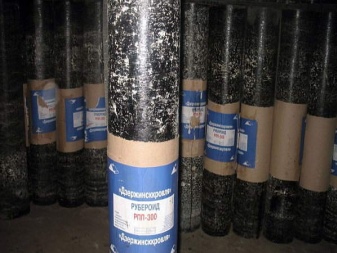
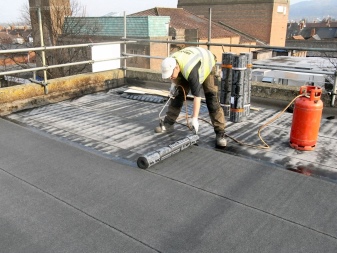
Scope of use
The RPP 300 brand is widely used in construction, mainly when arranging a soft roof. Due to its excellent physical and technical properties, the main of which is a high coefficient of water resistance, the material can be used in various fields.
- As a substrate for the construction and repair of soft roofs.
- For foundation waterproofing. The roll coating of the brand reliably protects the foundation and the structure itself from water. Due to the fact that the foundation of the building is protected from moisture, the likelihood of deformations and cracks is reduced.
- As a waterproofing coating for metal and concrete structures.
It is also worth noting that RPP 300 lining roofing material as a material with a high level of water resistance can be used in the process of road construction.
It is very important to choose a good quality roofing material, as well as to carry out installation in accordance with the technology.
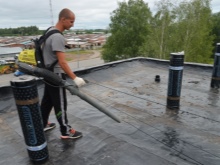
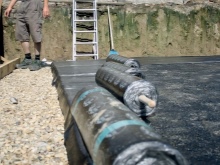
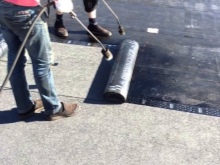
How to stack?
The duration of operation of the roofing depends primarily on the correct installation. Absolutely all the rules and laying technology, which are provided for by regulatory construction documents, GOSTs and SNiPs, must be observed.
Installation of roofing material consists of several stages.
- Dismantling of old roofing, cleaning and leveling the surface.
- Surface treatment with mastic.
- Preparation of the necessary material and equipment. A burner or industrial heater should be available.
- Further installation is carried out. Roofing material heats up, spreads and rolls over the surface.


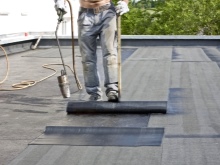
And a few more useful tips that will help you perform the installation correctly, make the roof really reliable.
- It is possible to lay roofing material on the roof only when the weather is dry and warm outside. The smooth side of the material should be in contact with the surface of the substrate, and the sprinkled side should be on top. If a wooden crate is used as the base, then the roll material is laid using the same technology.
- To obtain the best result, roofing material is best laid in several layers: from 2 to 5. It all depends on the condition of the base and the slope of the roof. After installation, it is recommended not to walk on the roof for 24 hours so as not to damage the material.
- It is imperative to adhere to the temperature regime. After all, roofing material is the material that cannot be laid at low and negative temperatures, in rainy or wet weather.
All work can be done independently by studying the technology. But if you do not have the skills and the necessary equipment, it is better to use the services of professionals.















The comment was sent successfully.